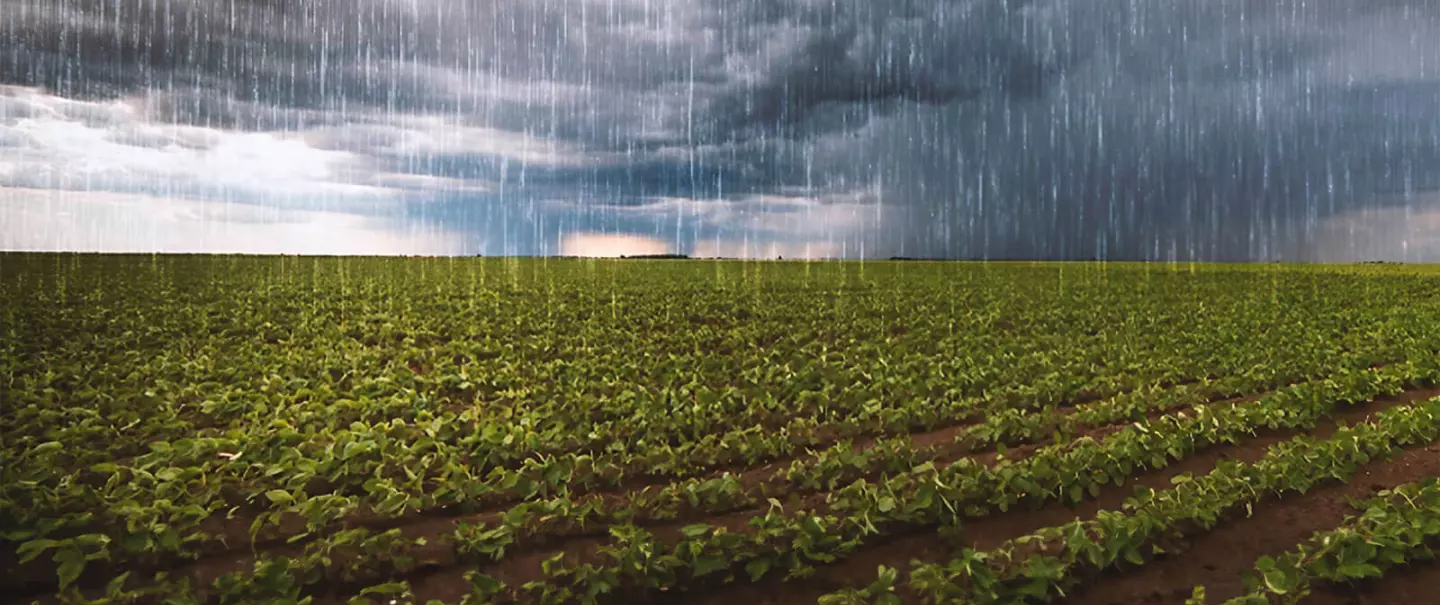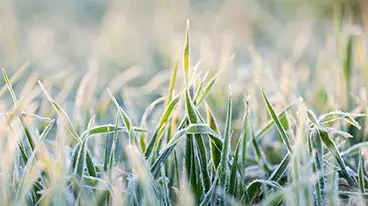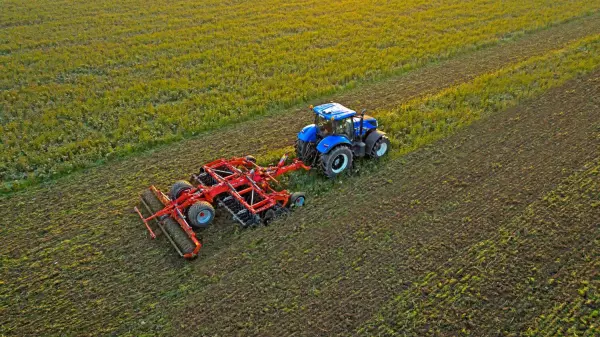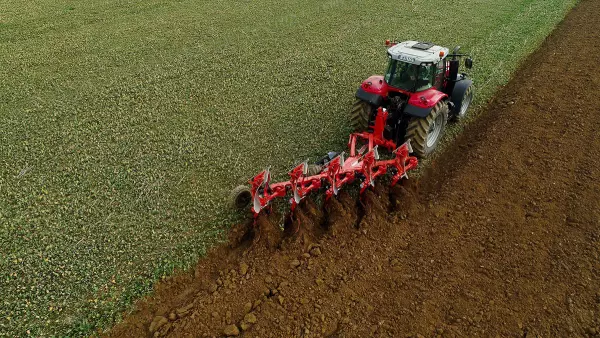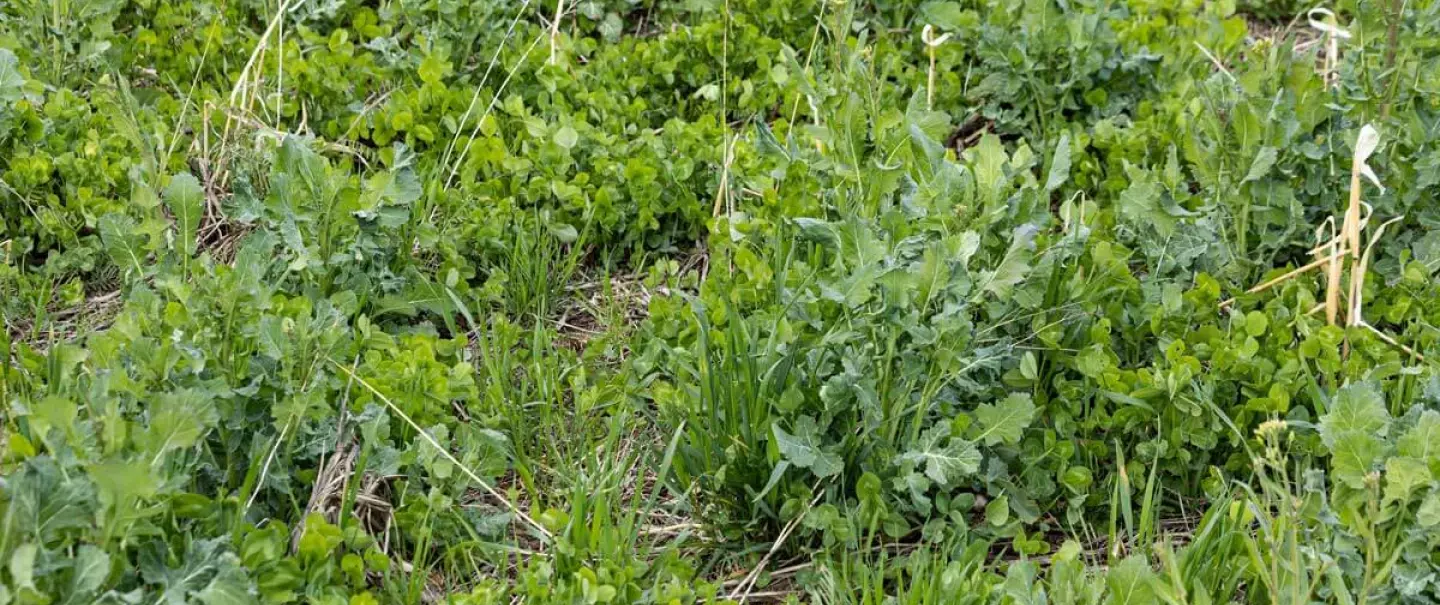When to plant nitrate-fixing intermediate crops?
Nitrate-fixing cover crops are fall-grown intercrops. They should be seeded as early as possible when the temperatures are still mild so that the biomass has time to develop and fix nitrogen better. Be careful that they don’t go to seed, though, if planted too early (e.g., mustard). Very early seeding is suitable for species that require more light and heat. Planting from August onwards makes it possible to till the soil beforehand to improve soil-seed contact.
In practice, you can plant soil cover:
- Very early, immediately after harvesting the previous crop, until late-August. It is possible to sow very early with: clover, pea, vetch, turnip, fava bean, sorghum
- Between mid and late August: radish, oats, ryegrass, mustard, rapeseed
- Late, from the end of August to mid-September: mustard
Watch out for problems with plant-protection-product residues with the emergence of certain species.
How to plant nitrate-fixing cover crops: seeding possibilities
Planting methods depend on the chosen species. Some crops are more demanding than others, so require different machines and techniques. Non-demanding crops, such as oats or mustard, can be broadcast. Crops with moderate demands, such as vetch or rye, can be sown with a stubble cultivator, while other species require row seeding or direct seeding.
For a cover-crop mix with different-sized seeds, it is possible to sow in two stages. For example, broadcast mustard and sow field beans in a row due to their larger seeds and higher demands.
How to terminate nitrate-fixing cover crops?
Terminating nitrate-fixing intermediate crops can depend on how sensitive they are to different techniques as well as the tools available on the farm:
- Some species are destroyed easily by frost, such as vetch which is very sensitive and freezes. Shredding is sometimes advisable, if there is a lot of biomass, to speed up decomposition.
- Cover crops can be shredded, sometimes followed by stubble cultivation or burial, before seeding. A cutter roller can have the same effect. However, this technique is less effective for the grass family which commonly produces regrowth.
- Stubble cultivation not only destroys the cover crop, it also works the topsoil which prepares the field for the following crop, or works as a mechanical weeding method.
- Plowing: Make sure to remove the skimmers so as not to bury the residues at the bottom of the furrow. Shredding is still very useful, if there is a lot of biomass, for faster decomposition.
- Chemical destruction is also very common (e.g., glyphosate + 2.4D).
